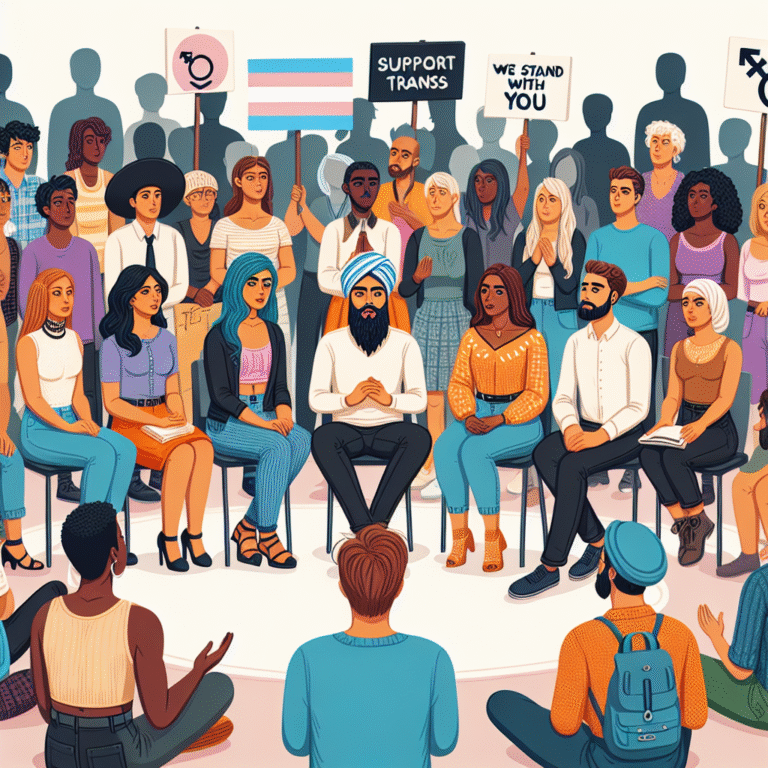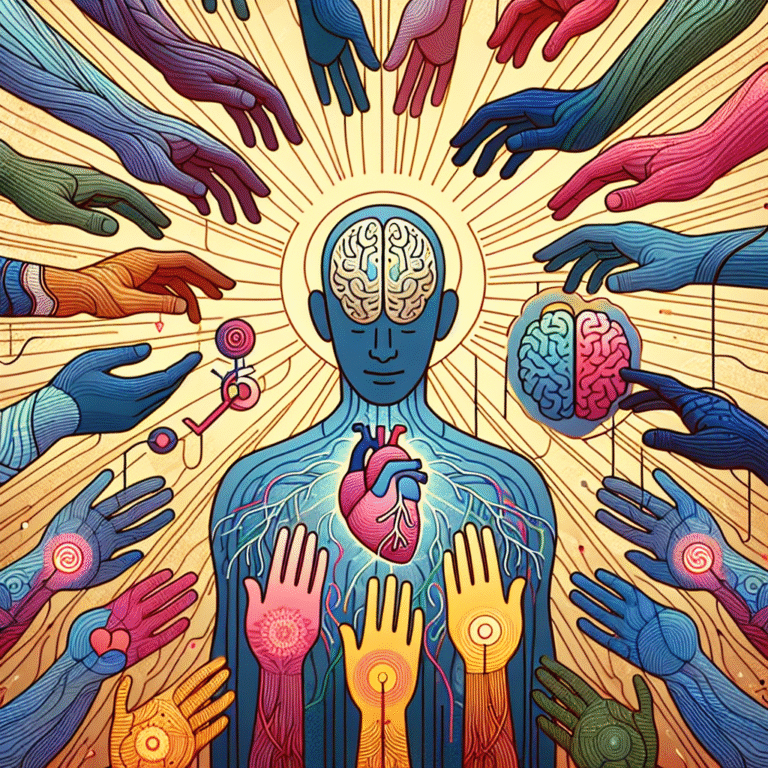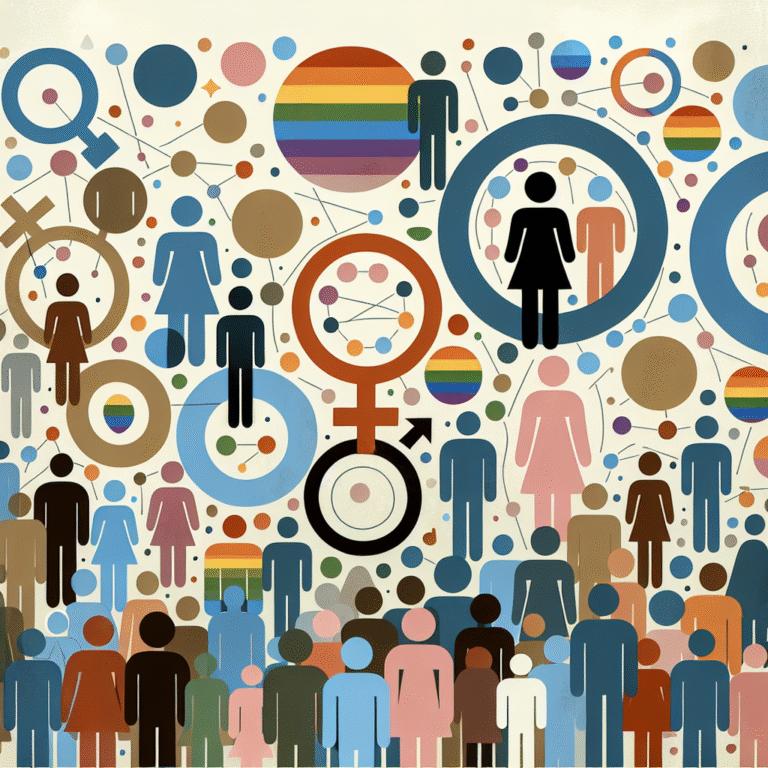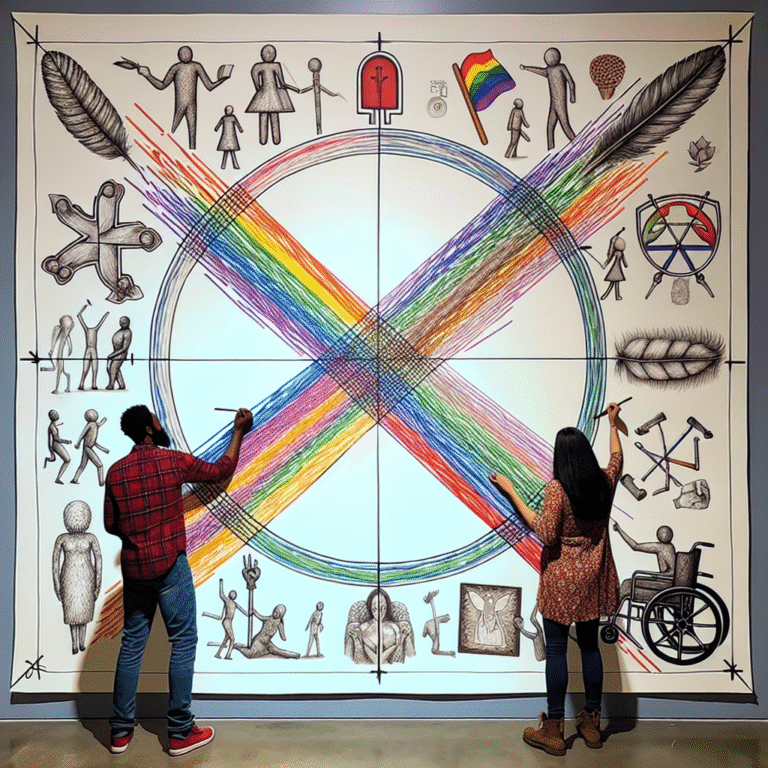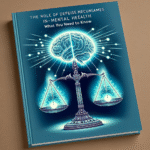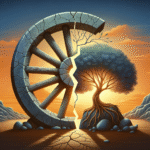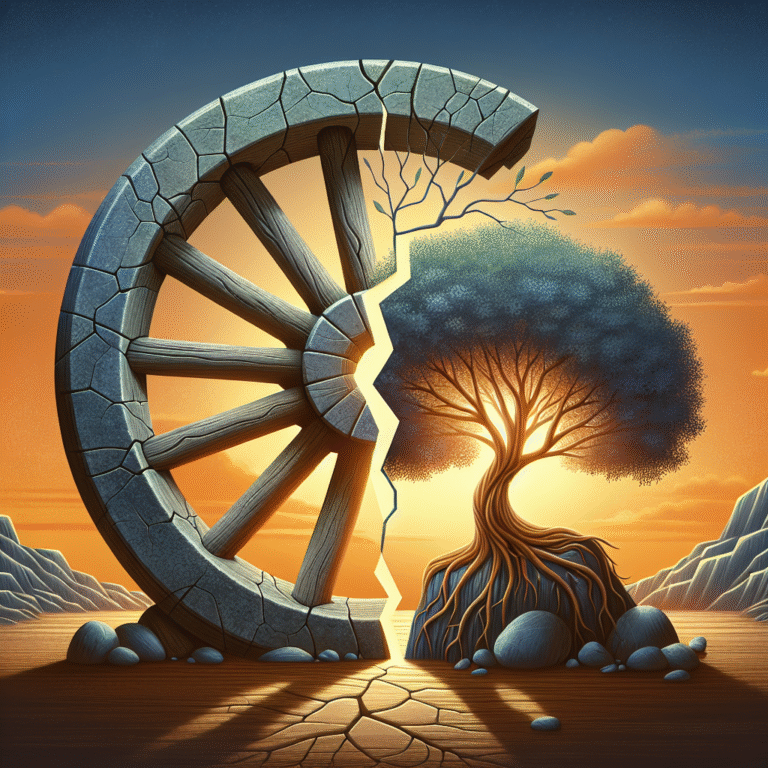
Introduction
In a world that thrives on diversity, understanding the nuances of sexual orientation is more crucial than ever. The complexity of human sexuality is a tapestry woven from a multitude of experiences, identities, and expressions. "Understanding the Spectrum: Exploring the Complexities of Sexual Orientation" isn’t merely an academic endeavor; it’s a fundamental journey toward fostering empathy, respect, and support for all individuals, regardless of where they fall on the sexual orientation spectrum.
Every individual has the right to express their feelings and attractions authentically. Yet, societal misconceptions and rigid definitions often obscure the beauty of this spectrum. As we embark on this exploration, we will unravel the layers of this topic, delve into case studies that illuminate personal experiences, and address common questions to provide you with a comprehensive understanding of an evolving discourse.
The Framework of Sexual Orientation
Sexual orientation encompasses a person’s emotional, romantic, or sexual attraction to others. Traditionally categorized into heterosexuality, homosexuality, and bisexuality, this framework is evolving dramatically. This section will break down the primary components of sexual orientation and how they fit into the broader societal context:
1. Definitions and Key Terms
- Heterosexuality: Attraction to individuals of the opposite sex.
- Homosexuality: Attraction to individuals of the same sex, which can also include subcategories such as gay and lesbian.
- Bisexuality: Attraction to individuals of both sexes.
- Pansexuality: Attraction to people regardless of their gender identity, emphasizing emotional connection over sexual distinction.
- Asexuality: Lack of sexual attraction to anyone, which can exist alongside romantic attraction.
2. Beyond Labels: Fluidity and Spectrum
Understanding the spectrum involves acknowledging that sexual orientation isn’t static. Individuals may experience shifts in attraction over time. Recognizing fluidity leads to a more inclusive understanding that transcends traditional labels. This aspect is particularly relevant today, as more people identify as queer or non-binary, further adding to the tapestry of sexual identities.
Case Study: The Experience of Fluidity
Consider Jamie, a 32-year-old who identified as bisexual in their 20s. As Jamie navigated different relationships, they found themselves developing feelings for a non-binary individual, prompting a re-evaluation of their identity. Jamie transitioned to identifying as pansexual, revealing how personal experiences can shape our understanding of sexuality. They noted that "the heart doesn’t care about gender, it cares about connection."
The Kinsey Scale: A Visualization
Developed in the mid-20th century, the Kinsey Scale is a pivotal tool for discussing sexual orientation. It represents a continuum from exclusively heterosexual (0) to exclusively homosexual (6). The table below summarizes the scale:
| Kinsey Scale Value | Description |
|---|---|
| 0 | Exclusively heterosexual |
| 1 | Predominantly heterosexual, only incidentally homosexual |
| 2 | Predominantly heterosexual, but more than incidentally homosexual |
| 3 | Equally heterosexual and homosexual |
| 4 | Predominantly homosexual, but more than incidentally heterosexual |
| 5 | Predominantly homosexual, only incidentally heterosexual |
| 6 | Exclusively homosexual |
The Role of Society in Shaping Understanding
1. Cultural Influences
Societal norms have historically influenced perceptions of sexual orientation. Different cultures vary significantly in their acceptance and understanding of sexual diversity. In some communities, being queer may be celebrated, while in others, it can lead to stigma or discrimination.
2. Media Representation
Media plays a critical role in shaping public perceptions. Positive portrayal of diverse sexual orientations can foster understanding, while negative or stereotypical representations can detrimental effects.
Case Study: Media Representation
Take, for example, the impact of shows like "Pose," which highlights the lives of LGBTQ+ people in the ’80s and ’90s ballroom scene. By showcasing authentic stories, the series has educated broad audiences on issues relating to identity, acceptance, and love.
3. The Impact of the Internet
With the rise of online communities, discussions surrounding sexual orientation have become more accessible. Social media platforms have created spaces for folks to explore their identities without the constraints of physical societal norms.
Intersectionality: The Compounding Factors
Understanding sexual orientation cannot occur in isolation. Other identities—such as race, gender, and socioeconomic status—intersect with sexual orientation and contribute to an individual’s experiences.
1. Race and Sexual Orientation
Individuals from various racial backgrounds face unique challenges concerning their sexual identity. For example, an African-American gay man may encounter different societal expectations compared to a white gay man.
Case Study: Intersectional Experiences
Consider Marco, a Latinx LGBTQ+ advocate who grew up in a conservative community. He emphasizes that being both Latino and queer poses unique challenges, as he navigated the clash between cultural expectations and personal authenticity.
2. Gender Identity and Sexual Orientation
Gender identity and sexual orientation also intersect significantly. A transgender person’s experiences can vary greatly from their cisgender counterparts, and societal acceptance is still a work in progress.
The Importance of Acceptance and Understanding
Societal acceptance improves mental health outcomes for individuals across the spectrum. Highlighting the need for advocacy and inclusion is crucial in understanding the complexities of sexual orientation.
1. Mental Health Impacts
Research shows that LGBTQ+ individuals face higher rates of anxiety, depression, and suicide ideation due to societal stigma and discrimination.
Case Study: A Supportive Environment
Consider the establishment of inclusive safe spaces within schools. A study shows that LGBTQ+ youth who attend inclusive schools report lower levels of depression and higher well-being.
2. The Role of Allies
Allies are crucial in creating an environment that fosters acceptance. Their support and advocacy can influence positive change and challenge discriminatory norms.
Conclusion
Understanding the spectrum of sexual orientation is not merely an academic discussion but a vital conversation that informs how we relate to ourselves and each other. "Understanding the Spectrum: Exploring the Complexities of Sexual Orientation" inspires us to embrace the diversity of human experiences and foster a more inclusive world. By considering the interplay between personal experiences, societal influences, cultural contexts, and intersectionality, we can begin to appreciate the rich tapestry of sexual orientation—and advocate for acceptance and understanding.
Actionable Insights
To foster understanding in your own community:
- Educate Yourself and Others: Knowledge dispels myths and biases.
- Listen to Personal Experiences: Everyone’s journey is unique.
- Advocate for Inclusive Policies: Support local and national policies that promote equality.
- Create Safe Spaces: Whether in your workplace, school, or community, cultivate environments where everyone feels secure.
FAQs
1. What is sexual orientation?
Sexual orientation refers to the pattern of emotional, romantic, or sexual attraction one feels for others.
2. Is sexual orientation the same as gender identity?
No, sexual orientation refers to who you are attracted to, while gender identity refers to your intrinsic understanding of your gender.
3. Can someone’s sexual orientation change?
Yes, many individuals experience fluctuations in their sexual orientation throughout their lives, indicating that sexuality can be fluid.
4. How can I support someone exploring their sexual orientation?
Provide a non-judgmental space for them to express themselves and ensure they know they have your support regardless of their identity.
5. What resources are available for LGBTQ+ individuals?
There are numerous organizations, hotlines, and community groups offer resources and support, including The Trevor Project and local LGBTQ+ centers.
In exploring the intricate tapestry of sexual orientation—Understanding the Spectrum: Exploring the Complexities of Sexual Orientation—we cultivate a richer understanding of ourselves and the diverse communities around us. Embrace the journey of learning, questioning, and growing, and let it lead you toward a more compassionate and inclusive world.



